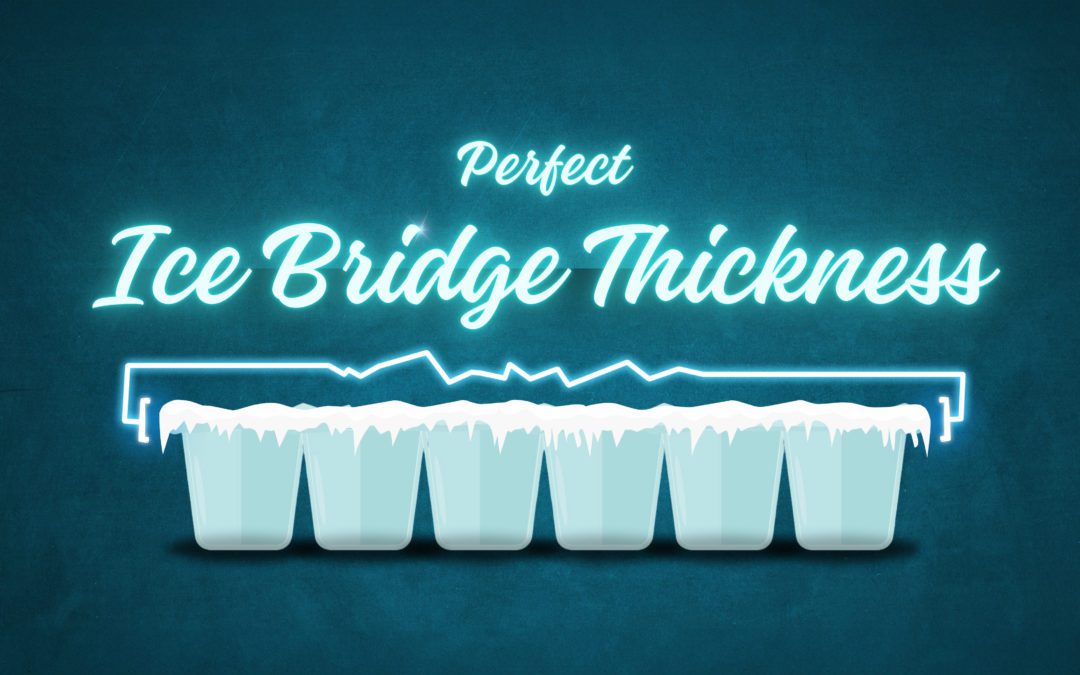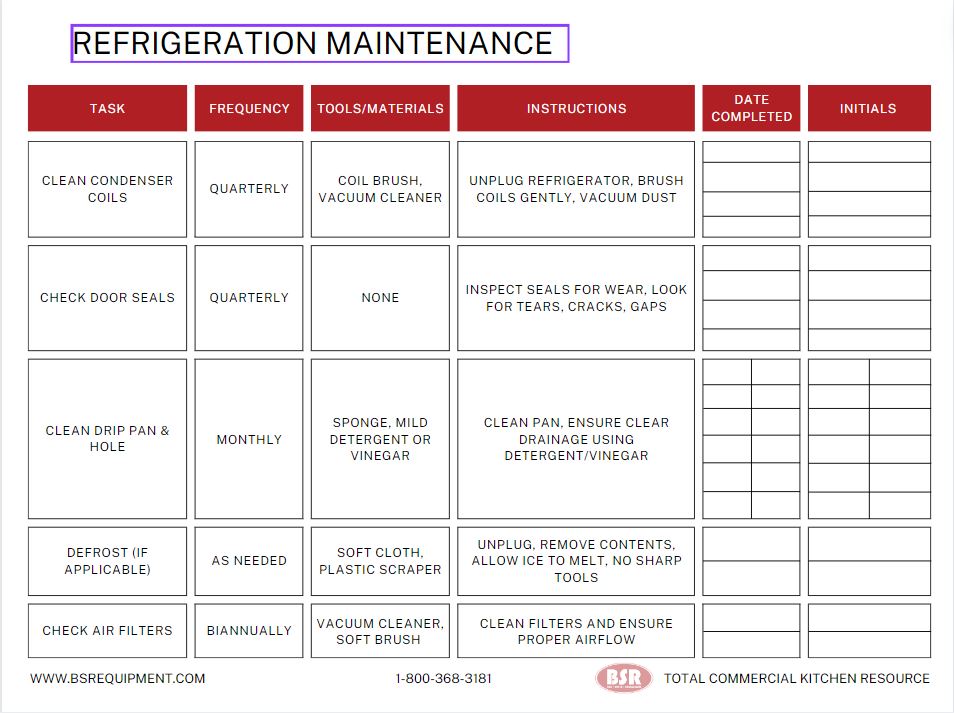Introduction
Learn how to Optimize Ice Bridge Thickness! In the realm of commercial ice production, the ice bridge plays a pivotal role in ensuring the quality and consistency of ice cubes. An ice bridge, the slender layer of ice that forms between individual cubes, requires precise adjustment to maintain the perfect balance. Too thick, and the cubes won’t separate at harvest; too thin, and they may break apart prematurely. This article delves into the technicalities of ice bridge adjustment, offering actionable advice and manufacturer-specific instructions to optimize your ice machine’s performance.
Quick House Keeping: IMPORTANT!
Some manufactures will void your warranty for adjust or changing the ice bridge. So make sure to double check before you start changing things. There will be links to warranty pages to the manufactures we cover in this blog at the bottom.
Understanding the Ice Bridge
Optimizing Ice Bridge Thickness is crucial for the structural integrity of ice cubes during the freezing and harvesting phases. It’s formed as water freezes in a grid pattern, with each cube slightly connected by this ice bridge. The thickness of this bridge is determined by the distance between the ice-making grid and the machine’s sensor. Adjusting this distance allows you to control the bridge’s thickness, impacting the ice’s final quality.
DIY Adjustments: Proceed with Caution
While manufacturers often recommend professional servicing for adjustments, understanding the basics can empower you to make minor tweaks, especially if your warranty period has lapsed. Here’s a general guide:
- Identify the ice thickness sensor: This component is usually located near the ice-making grid.
- Adjust the sensor: Moving the sensor closer to the grid results in a thinner bridge, while moving it away thickens the bridge. Adjustments should be made in small increments to avoid drastic changes.
- Test and retest: Allow your machine to complete a few ice-making cycles after each adjustment to accurately assess the impact on ice bridge thickness.
In-Depth Manufacturer-Specific Adjustment Tips
In the realm of commercial ice production, the ice bridge plays a pivotal role in ensuring the quality and consistency of ice cubes. An ice bridge, the slender layer of ice that forms between individual cubes, requires precise adjustment to maintain the perfect balance. Too thick, and the cubes won’t separate at harvest; too thin, and they may break apart prematurely. This article delves into the technicalities of ice bridge adjustment, offering actionable advice and manufacturer-specific instructions to optimize your ice machine’s performance.

Manitowoc ice machines are known for their reliability and ease of maintenance, including bridge thickness adjustments. The key component here is the ice thickness sensor, typically controlled by an adjustable screw. We have a blog all about troubleshooting Manitowoc. To fine-tune the ice bridge thickness:
- Locate the ice thickness sensor near the ice grid; it’s held in place by a screw.
- To reduce the ice bridge thickness, turn the screw counterclockwise. For a thicker bridge, turn it clockwise.
- Manitowoc recommends adjusting in quarter-turn increments to avoid over-adjustment.
- After each adjustment, allow the machine to complete at least two full ice-making cycles to evaluate the new bridge thickness.
- Keep in mind, unauthorized adjustments might affect warranty claims, so it’s crucial to consult the service manual or a professional if in doubt.

Hoshizaki’s unique approach involves a float switch instead of a direct sensor adjustment, influencing the water level and, consequently, the ice bridge thickness:
- After accessing the interior, locate the float switch, typically a white, cylindrical component connected to the water reservoir.
- Adjusting the float’s position up or down alters the water level for the next freeze cycle, affecting the ice bridge thickness.
Secure the float in the new position and monitor the ice over several cycles to ensure the adjustment meets your needs.
![]()
Ice-O-Matic simplifies the adjustment process with its Water Level Adjustment Arm, providing a straightforward method to control ice bridge thickness:
- The adjustment arm is usually located behind the sump and splash curtain inside the machine.
- Moving the arm up decreases the ice bridge thickness, while moving it down increases it.
- After adjustments, it’s important to let the machine run through a few cycles to assess the impact on ice quality.

Scotsman offers a user-friendly approach to adjusting the ice bridge on their models, particularly on undercounter units like the CU0415, CU0715, and CU0920. These machines feature:
- An electronic bridge adjustment button located on the control panel, eliminating the need for manual screw adjustments.
- Simply pressing the “+” or “-” buttons will adjust the ice thickness.
- It’s advisable to make small adjustments and observe the results over a few cycles to ensure the desired ice quality is achieved.

Koolaire machines offer a direct way to adjust the ice bridge thickness through the ice thickness float switch adjuster:
- This adjuster is typically found beneath the reservoir, often on the left side.
- Turning the adjuster clockwise increases the ice bridge thickness, whereas turning it counterclockwise reduces it.
- Koolaire recommends aiming for a bridge thickness of about 1/8-inch for optimal performance.
- As with other machines, it’s vital to allow a few ice-making cycles post-adjustment to verify the effectiveness of your tweaks.
Conclusion
Adjusting the ice bridge thickness in your commercial ice machine can significantly impact the quality and consistency of the ice produced. By understanding the specific adjustment mechanisms provided by manufacturers like Manitowoc, Scotsman, Hoshizaki, Ice-O-Matic, and Koolaire, you can ensure your machine operates optimally. Remember, while making these adjustments, it’s crucial to proceed with caution, respect warranty terms, and seek professional help if unsure.


